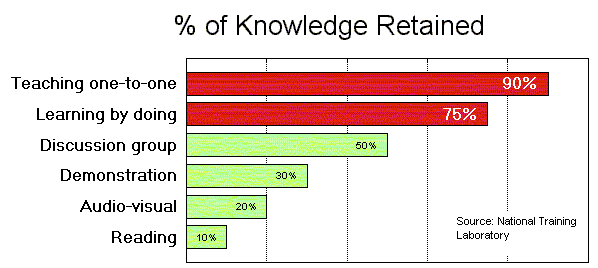Students read the section on theory -- it is brief and concise -- and respond by e-mail to some issues the teacher raises, not so much as a test, but as a way of identifying possible doubts or conceptual gaps. On many occasions the students express their doubts directly. Communication is always via e-mail. Students will require approximately 5 to 10 hours for this part.
 CASE STUDIES The student performs the case studies and produces the corresponding model on the computer, which is explained in the Documentation. The goal is for students to become proficient at using the software and at the techniques for modeling. Then, if they wish, students can perform different simulations with the model, modifying it freely and discussing the changes they make with the teacher. The aim is that students learn to design simulations efficiently, and to describe the various courses of action that the simulations seem to suggest. Student-teacher communication is via e-mail, so the teachers hand out the assignments, while students inform them of their progress and send the files created by the software as attachments. The model files that the students send enable the teachers to assess the difficulties the students may have encountered, and attend to them in a totally personalized way, as teachers are viewing the students' work. This is a totally new experience since it allows students to make progress through the course according to their own needs.
CASE STUDIES The student performs the case studies and produces the corresponding model on the computer, which is explained in the Documentation. The goal is for students to become proficient at using the software and at the techniques for modeling. Then, if they wish, students can perform different simulations with the model, modifying it freely and discussing the changes they make with the teacher. The aim is that students learn to design simulations efficiently, and to describe the various courses of action that the simulations seem to suggest. Student-teacher communication is via e-mail, so the teachers hand out the assignments, while students inform them of their progress and send the files created by the software as attachments. The model files that the students send enable the teachers to assess the difficulties the students may have encountered, and attend to them in a totally personalized way, as teachers are viewing the students' work. This is a totally new experience since it allows students to make progress through the course according to their own needs.



